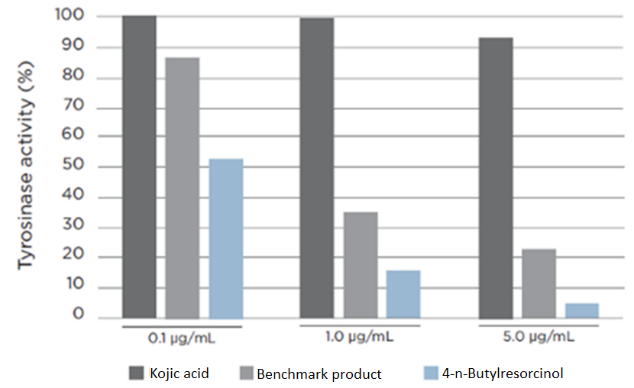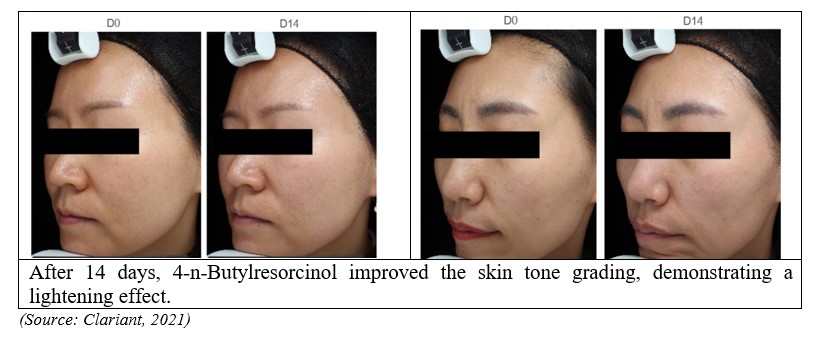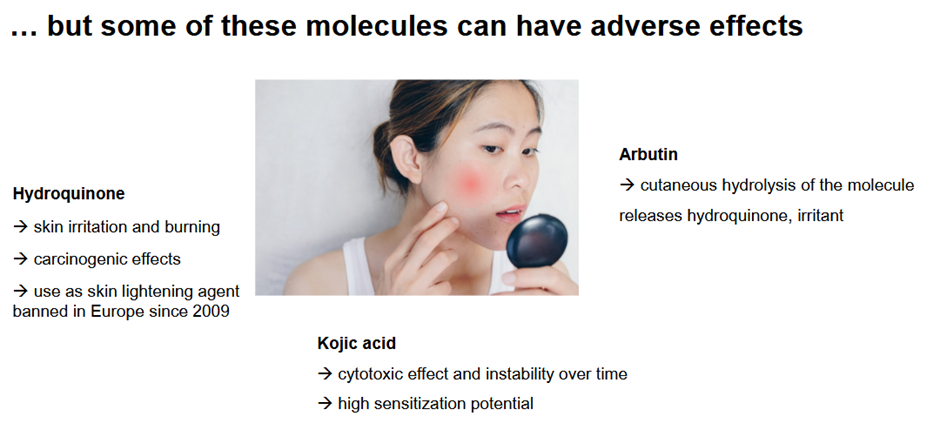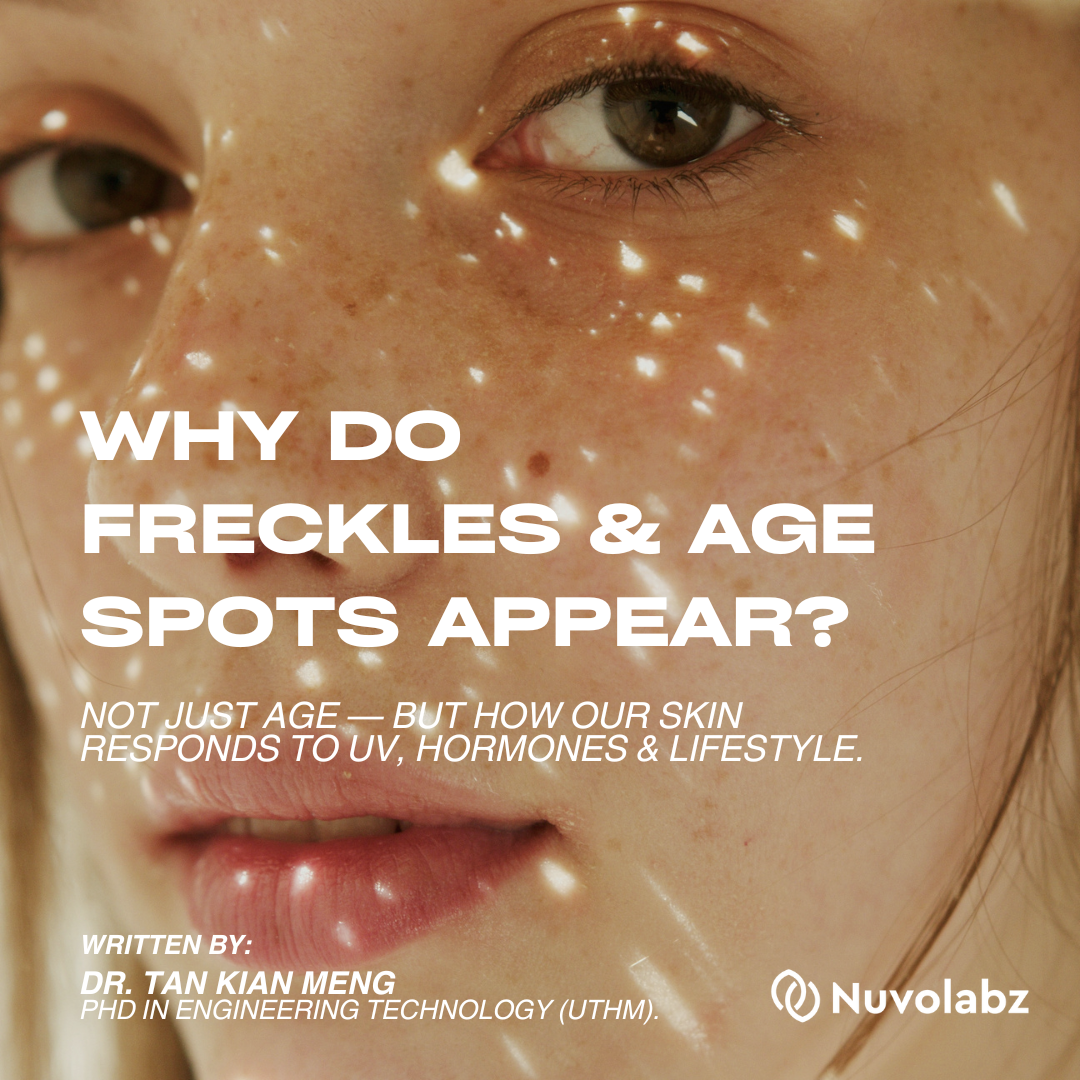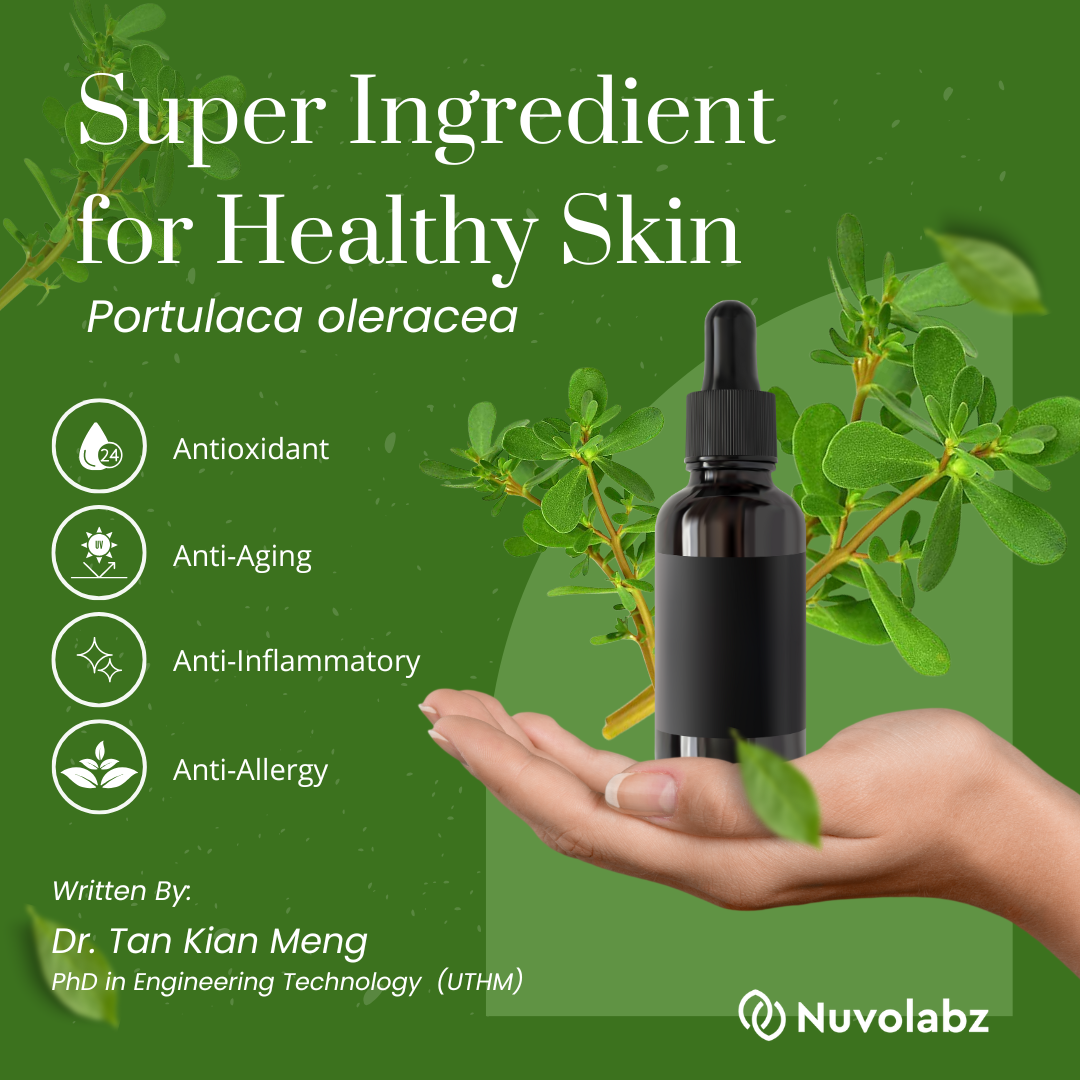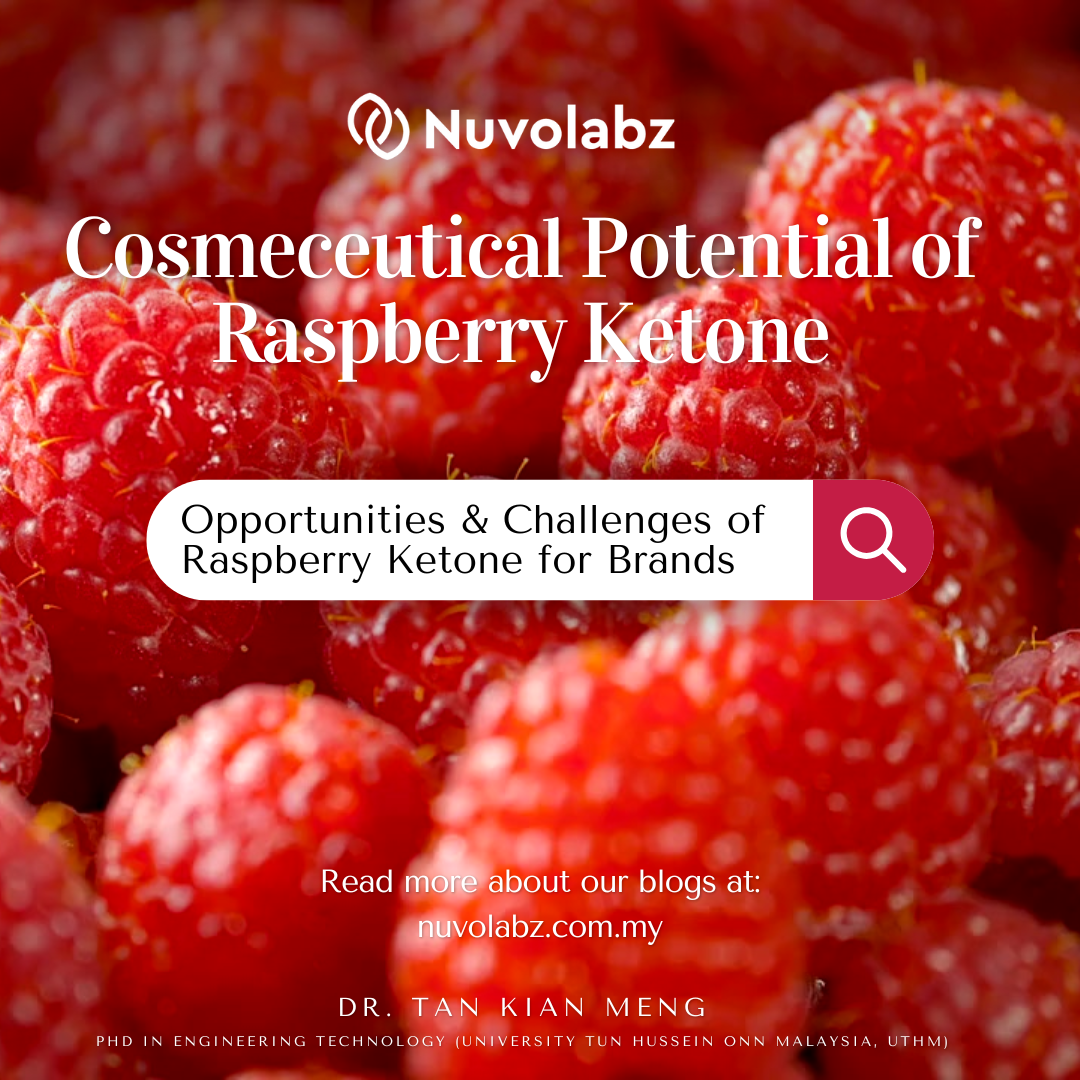Understanding the Natural Cycle of Melanin Removal
Our skin is remarkably capable of renewing itself. Naturally, it sheds melanin through a biological process called desquamation—the natural exfoliation of dead skin cells from the epidermis. New cells are produced in the basal layer and gradually move upward to replace older ones. As these cells mature and die, melanin produced by melanocytes is also removed from the surface.
This cycle is supported by our everyday activities—washing, gentle friction, and exfoliation—all of which help remove melanin-laden skin cells. In youthful skin, this renewal process typically takes 28 to 40 days, but with age, cell turnover slows down. As a result, dead skin cells accumulate, causing dullness and uneven texture.
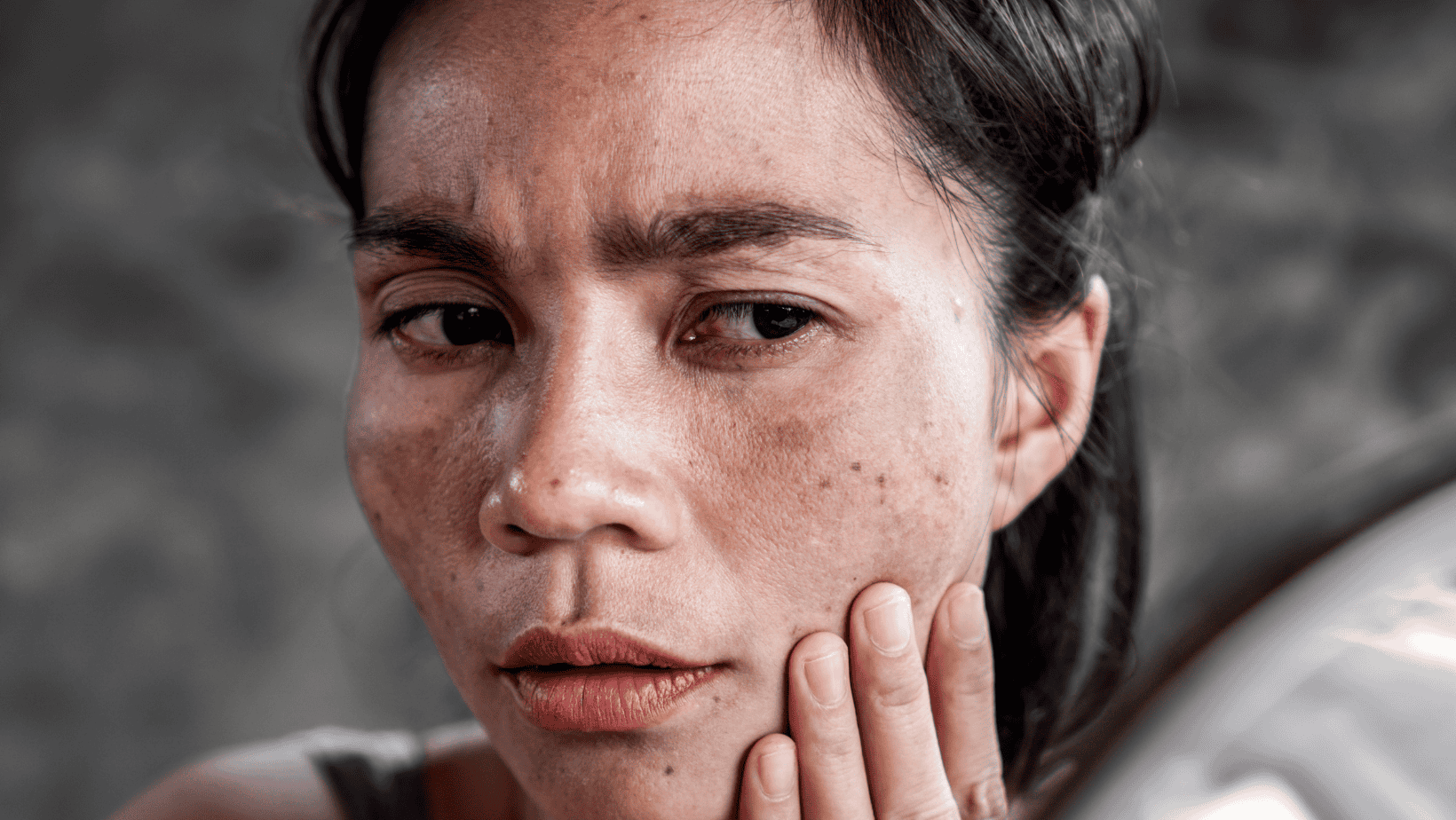
The Challenge: Persistent Melanin and Hyperpigmentation
While melanin protects the skin from harmful UV rays, excessive melanin production can lead to dark spots, melasma, and uneven skin tone. Across cultures—from East Asia’s belief that “fair skin covers a hundred flaws” to the Western pursuit of “flawless skin”—clear, radiant skin remains a universal beauty aspiration.
However, melanin is a highly complex and stable polymer, made of intricate molecular structures that resist breakdown. This durability, while biologically beneficial, makes treating pigmentation one of the most challenging goals in skincare.
Nuvolabz’s Approach to Safe and Effective Brightening
Existing solutions to hyperpigmentation include lasers treatment which target melanin to break down dark spots, but they must be used carefully to avoid damaging surrounding tissue. Chemical exfoliants (e.g., AHAs, BHAs) and physical exfoliants help remove melanin-rich dead skin cells, resulting in improved skin tone.
The Radiance Series by Nuvolabz is designed to function synergistically to provide a safer and more effective alternative to conventional tanning beds and bleaching creams. Unlike harsh synthetic whitening and brightening agents that may irritate the skin, this series incorporates bioactive ingredients that not only nourish the skin but also serve as natural whitening agents. This approach establishes a foundation for reducing melanin production. When combined with a potent skin-brightening agent that specifically targets hyperpigmentation and dark spots, it yields promising results. Radiance Series emphasises the importance of achieving a beautiful, even skin tone and radiance skin from the inside out.
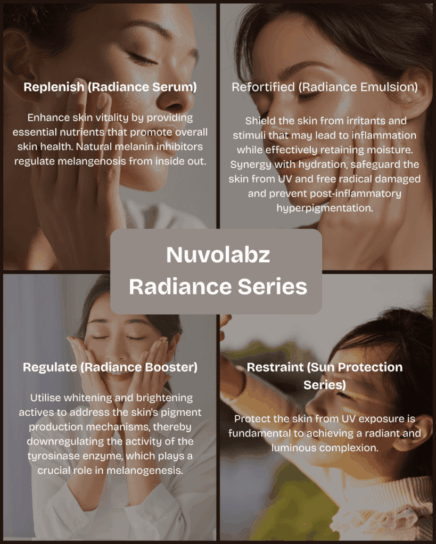
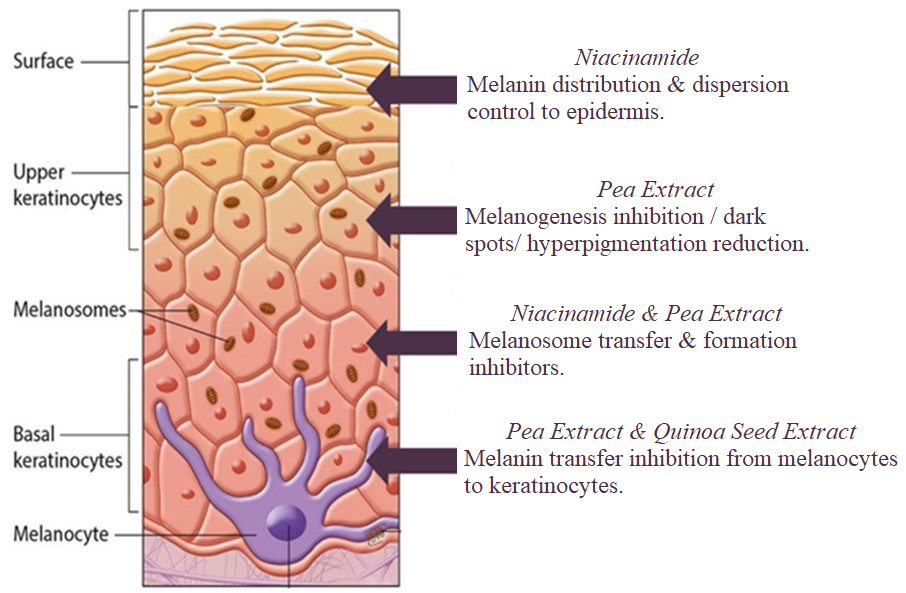
2. Radiance Emulsion — Hydration and Brightness in Harmony
This emulsion combines Olive Squalane, Tremella Extract, and Rice Extract for deep hydration and lasting suppleness. Tremella, known for holding up to 500 times its weight in water, attracts moisture, while Olive Squalane locks it in.
Complementing hydration, Marshmallow Root, Rice Bran, and Liquorice Extracts deliver targeted brightening effects:
-
Marshmallow Root calms sensitivity and combats oxidative stress.
-
Rice Bran inhibits tyrosinase (a key enzyme in melanin production) and gently exfoliates for smoother skin.
-
Liquorice Root—rich in glabridin and liquiritin—reduces melanin synthesis, disperses existing pigment, and evens out skin tone.
The result: deeply hydrated skin that absorbs brightening actives more efficiently, appearing radiant, even-toned, and healthy.

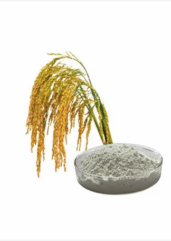
Proven Science, Trusted Innovation
In vitro studies indicate that 4-n-butylresorcinol inhibits human tyrosinase activity more effectively than kojic acid, hydroquinone and arbutin (Figure 2). This effectiveness is also reflected in the increasing number of approved patents for cosmetic formulations containing this compound. A record of 14 patents were granted in 2021 for depigmenting cream compositions featuring 4-n-butylresorcinol. Besides, 4-n-Butylresorcinol stands out as the most potent inhibitor of TRP-1, effectively blocking both TRP-1 and tyrosinase activity. It has been reported that at 0.3% concentration of 4-n-Butylresorcinol, melanin is reduced by 70% in human skin via dual TYR/TRP-1 inhibition and showed 50% TRP-1 suppression in vitro.
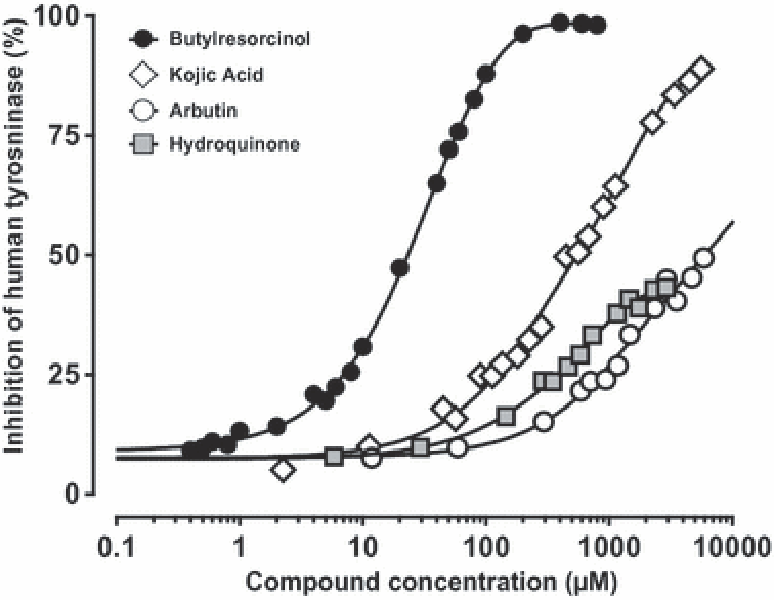
Numerous ingredients in the existing market affect tyrosinase activity, which is essential for melanin synthesis, but only a few compounds inhibit TRP-1 activity, crucial for melanin stabilisation. TRP-1 or TYRP1, works alongside tyrosinase in melanin production. It primarily stabilises and darkens melanin resulting in more persistent pigmentation. Therefore, TRP-1 inhibitors are essential for deeper and longer-lasting pigmentation effects. The 4-n-Butylresorcinol compound is believed to reduce oxidative stress in melanocytes to prevent excessive pigmentation. It also works on resistant issues such as post-inflammatory hyperpigmentation.
Overall, 4-n-Butylresorcinol demonstrates superior efficacy in inhibiting TRP-1 and tyrosinase, along with satisfactory photostability, safety, effectiveness and tolerability. In comparison, several current whitening agents exhibit limitations, including potential side effects such as contact dermatitis, allergic reactions, or heightened skin sensitivity.
Conclusion: Safe Brightening for Modern Skin Needs
As hyperpigmentation continues to affect skin health and confidence, the demand for safe and effective depigmenting solutions grows. The Radiance Series by Nuvolabz reflects a philosophy rooted in science, safety, and sophistication—delivering luminous, even-toned skin through natural synergy rather than aggression.
Because true radiance isn’t about erasing imperfections—it’s about restoring balance, confidence, and care to every layer of your skin.
Written By: Dr. Tan Kian Meng, PhD in Engineering Technology (UTHM)
Reference
- Clariant Production (France) BU Industrial & Consumer Specialties. Skin melanin balancer Actience Light. Clariant, 2021. Technical datasheet.
- Khemis, A., Kaiafa, A., Queille-Roussel, C., Duteil, L., & Ortonne, J. P. (2007). Evaluation of efficacy and safety of rucinol serum in patients with melasma: a randomized controlled trial. The British journal of dermatology, 156(5), 997–1004. https://doi.org/10.1111/j.1365-2133.2007.07814.x
- Kolbe, L., Mann, T., Gerwat, W., Batzer, J., Ahlheit, S., Scherner, C., … & Stäb, F. (2013). 4‐n‐butylresorcinol, a highly effective tyrosinase inhibitor for the topical treatment of hyperpigmentation. Journal of the European Academy of Dermatology and Venereology, 27, 19-23.
- Li, C. (2021, February 23). Preparation method of composite freckle removing and whitening composition (CN Patent No. 112386552A). China National Intellectual Property Administration.
- Li, R., Chen, S., & Chen, L. (2021, April 20). Whitening skin-care composition comprising 4-butylresorcinol, nicotinamide and resveratrol, and its preparation method (CN Patent No. 112675100A). China National Intellectual Property Administration.
- Mota, S., Rosa, G. P., Barreto, M. C., Garrido, J., Sousa, E., Cruz, M. T., … & Quintas, C. (2023). Comparative studies on the photoreactivity, efficacy, and safety of depigmenting agents. Pharmaceuticals, 17(1), 55.
- Resende, D. I. S. P., Ferreira, M. S., Lobo, J. M. S., Sousa, E., & Almeida, I. F. (2022). Skin Depigmenting Agents in Anti-Aging Cosmetics: A Medicinal Perspective on Emerging Ingredients. Applied Sciences, 12(2), 775. https://doi.org/10.3390/app12020775
Xie, K., Liu, H., Zhang, Y., Wu, C., & Tang, R. (2021, July 9). A transparent whitening essence containing 4-butyl resorcinol and preparation method thereof (CN Patent No. 113081903A). China National Intellectual Property Administration.

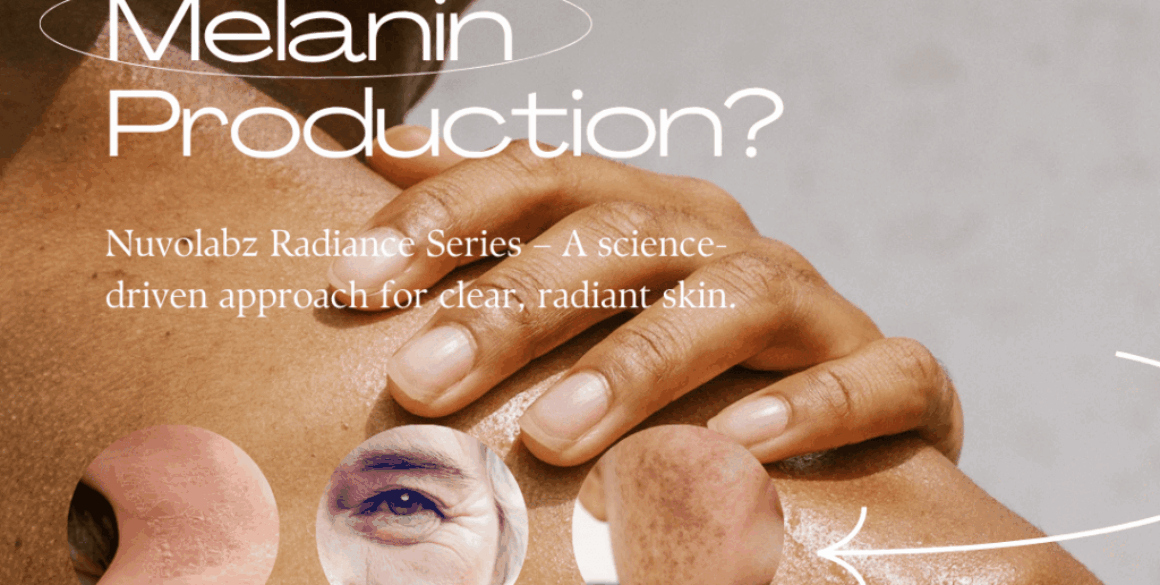
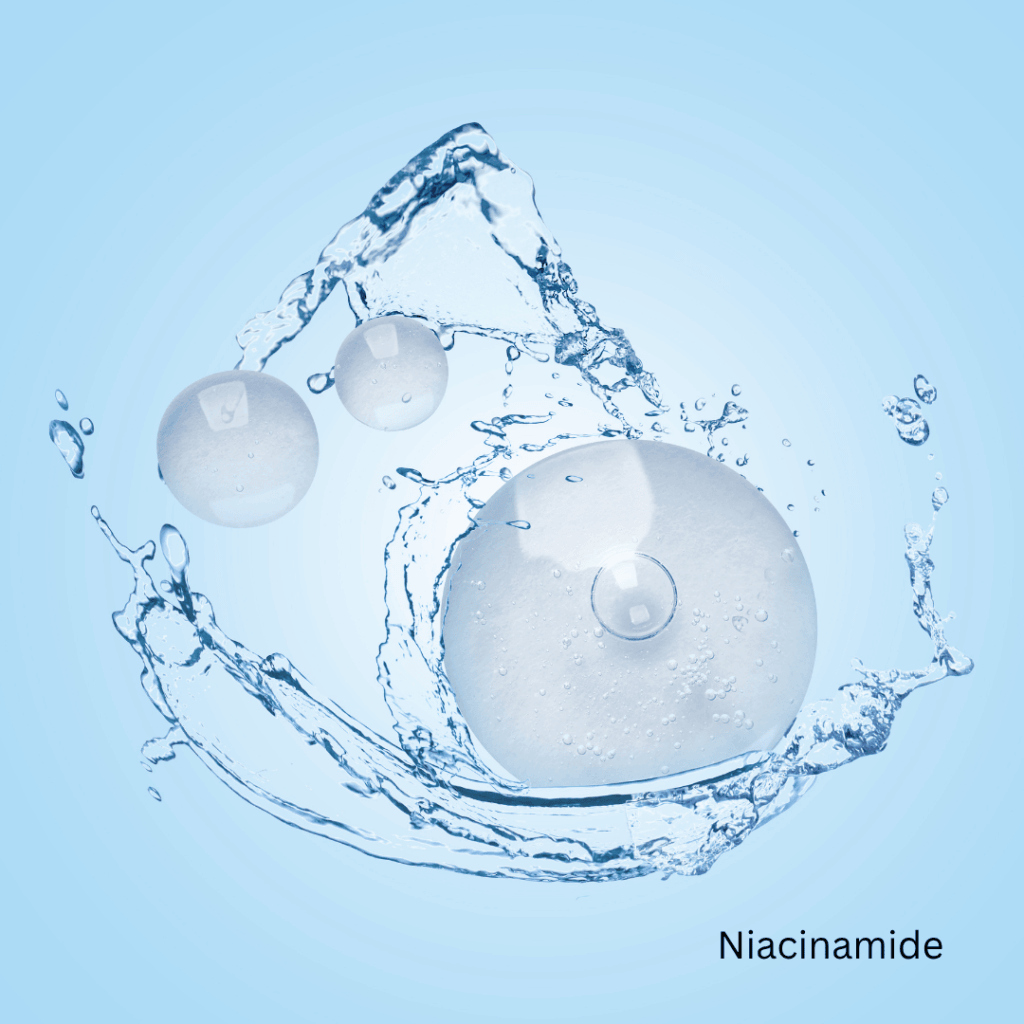

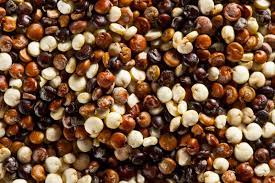

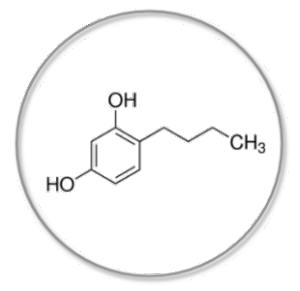 formulation that synergised
formulation that synergised 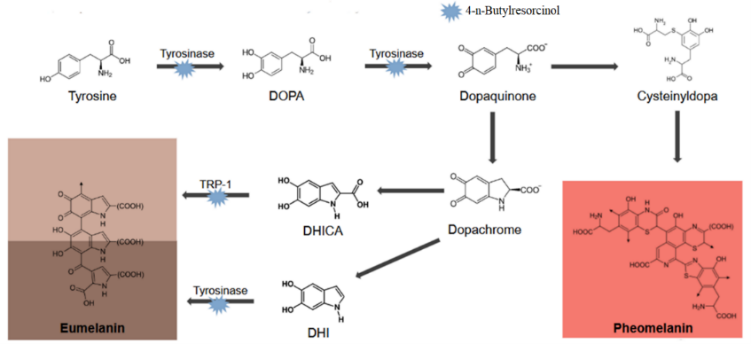
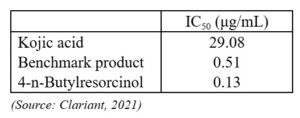 The effectiveness of an active compound in inhibiting tyrosinase activity, measured by the concentration required to achieve 50% inhibition (IC50), indicates that a lower IC50 signifies greater efficiency. In this context, 4-n-Butylresorcinol demonstrates an efficiency that is four times greater than that of the benchmark product and 223 times more effective than kojic acid.
The effectiveness of an active compound in inhibiting tyrosinase activity, measured by the concentration required to achieve 50% inhibition (IC50), indicates that a lower IC50 signifies greater efficiency. In this context, 4-n-Butylresorcinol demonstrates an efficiency that is four times greater than that of the benchmark product and 223 times more effective than kojic acid.